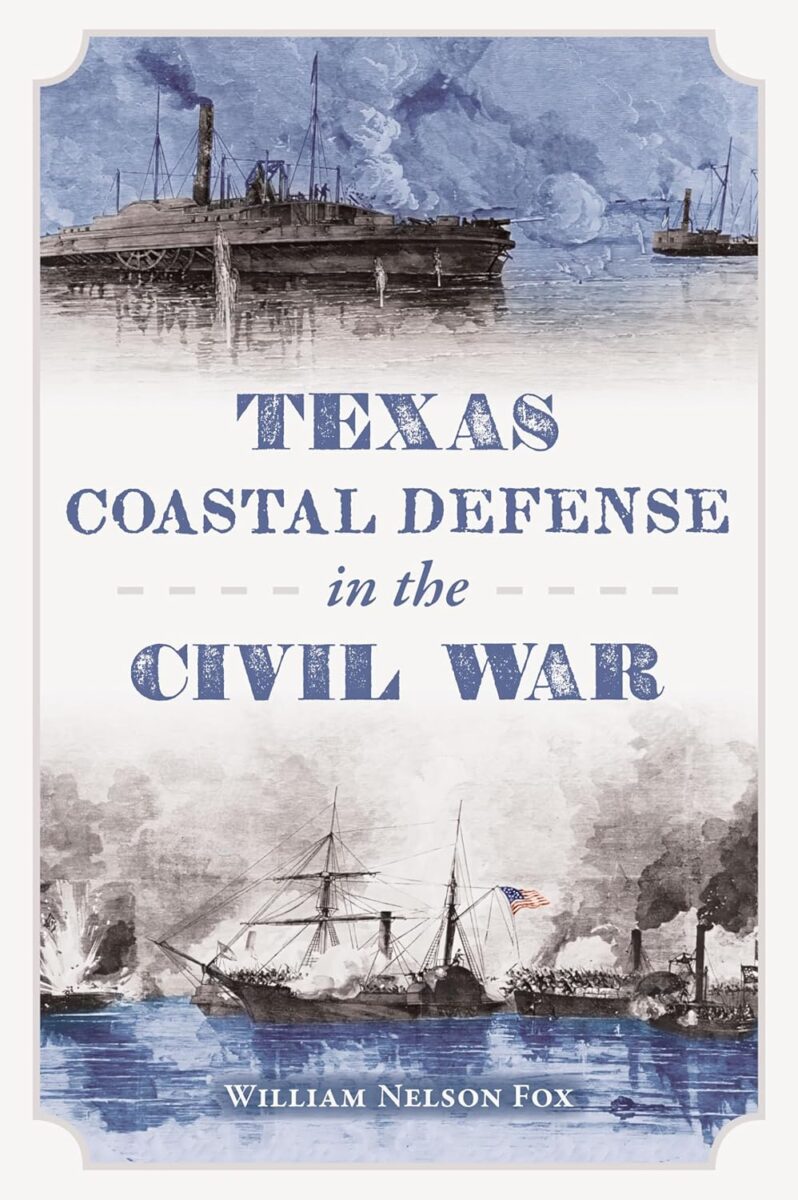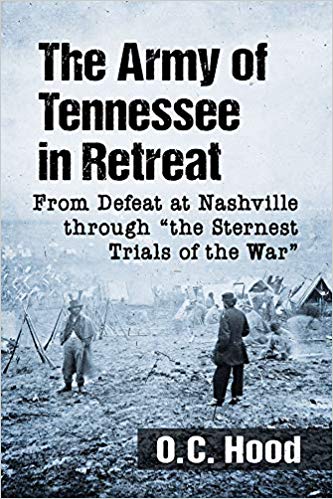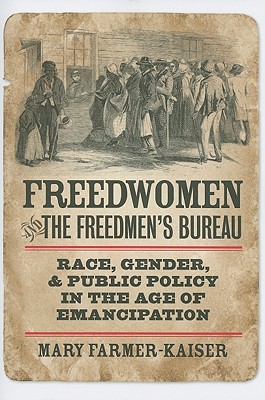William Nelson Fox’s new book supplies an introduction to military operations along the Texas Gulf Coast during the U.S. Civil War. Moving chronologically through the conflict, the author divides his work into four parts. Each section deals with different phases of the military threat faced by the Lone Star State. Fox documents how the federal navies instituted the blockade and launched incursions into the Texas coastline; he also discusses how the Confederates responded to these developments. By constructing his narrative in such a fashion, Fox illustrates how federal authorities continued to place emphasis on military operations within Texas throughout the war.
Union interest in the Lone Star State was perhaps unsurprising. “Texas,” Fox writes, “was a vital lifeline and source of soldiers, horses, beef and war supplies for the Confederate army,” and shared a strategically important border with Mexico (9). Even once Texas became isolated from the Confederacy following the federal occupation of the Mississippi River Valley in 1863, the state remained a prime objective for Union military strategists (something best demonstrated by Nathaniel Banks’s Rio Grande Valley Campaign that autumn). Repeatedly, however, the Union military failed to occupy the state. Fox thus attempts to answer the question, “Why did the federal military fail?”
The author contends that the courage and determination of Texas’s Confederate defenders spared the state from Union occupation (10). Advancing arguments made by such historians as Edward Cotham (comparing the Texas coastal defenders to the Spartans at Thermopylae), Fox continues a popular historical tradition when considering military operations in the state (8). Despite “overwhelming odds,” the author writes, Confederate forces were able to prevail, whether it be at Galveston, Sabine Pass, or during the abandoned Rio Grande Valley Campaign. However, this thesis fails to take full inventory of federal strategy and leadership. A more detailed study of these topics would improve Fox’s argument and more closely align his work with contemporary studies of other Civil War campaigns.
Such shortcomings aside, Fox provides readers with an excellent operational narrative mined from secondary literature and local archival sources. He discusses several actions, skirmishes and larger campaigns that have been long neglected by historians. While not contributing anything new to the historiography, Fox’s work should encourage further studies of the failed Union campaigns in Texas and their significance.
Riley Sullivan teaches U.S. history at San Jacinto College in Texas. His work has appeared in the Tennessee Historical Quarterly, among other outlets.





